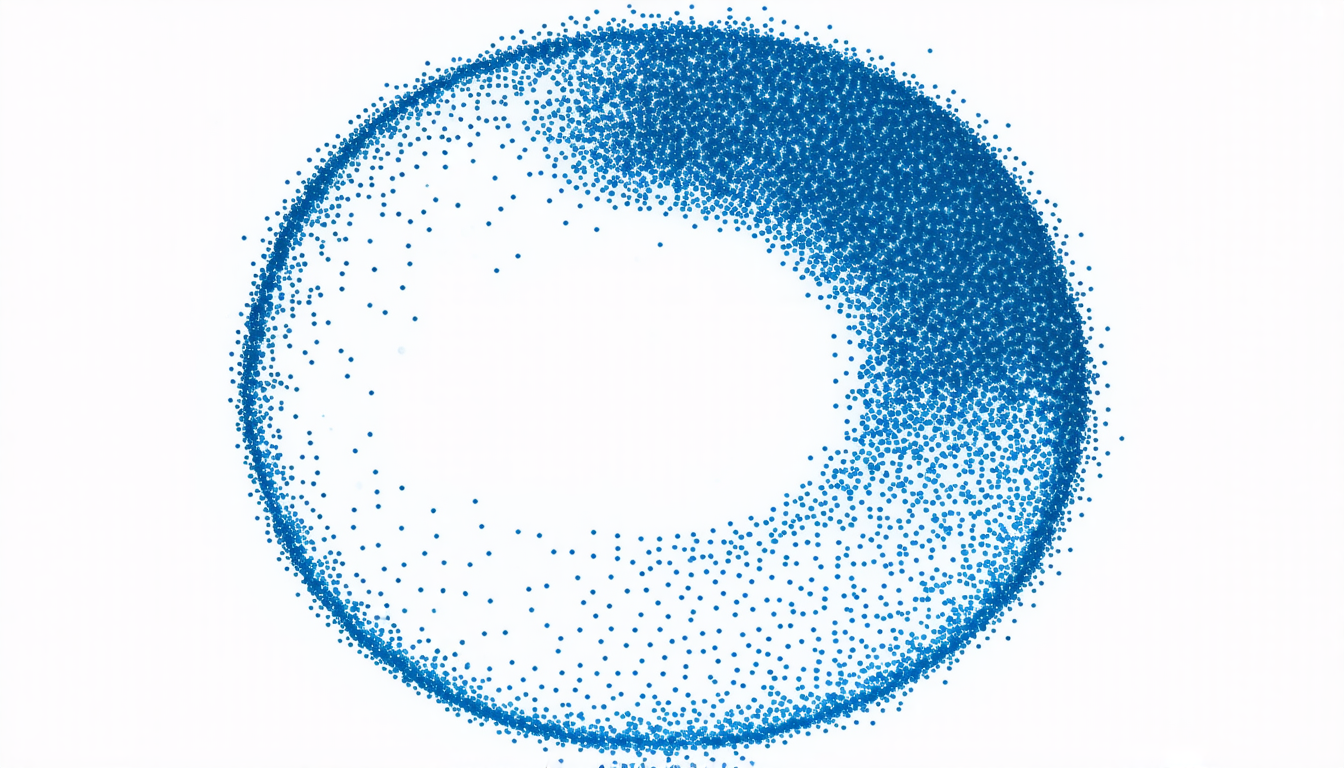Sunday 06 April 2025
The intricate dance of movement and pattern formation in complex systems has long fascinated scientists. From the swirling patterns of flocks of birds to the synchronized movements of cells, these phenomena have captivated researchers across disciplines. Now, a new study sheds light on the interplay between individual motion and collective behavior in populations of competing particles.
In this paper, researchers explored two types of motile particle systems: birth-death models and systems of repulsive particles. In the former, particles are born, grow, reproduce, and eventually die, while in the latter, particles interact through a repulsive force, preventing them from coming into contact with one another. The team found that despite these differences, both systems exhibit similar spatial patterns, driven by the same conditions: the shape of the interaction function and the diffusivity of the particles.
The researchers also investigated the impact of motion on pattern formation in these systems. They discovered that when particles move in a way that is not random, such as through Lévy flights or active motion, the resulting patterns can be significantly altered. In particular, they found that Lévy flights, which involve long jumps followed by periods of rest, do not disrupt the spatial patterns formed by the competing particles. However, active motion, where particles move in a purposeful manner, can lead to striking changes in the patterns.
One example of this is the formation of ring-shaped clusters, where particles that are self-propelled and repel each other arrange themselves into circular patterns. This phenomenon has important implications for our understanding of complex systems, as it suggests that individual motion can play a crucial role in shaping collective behavior.
The study’s findings have significant implications for fields such as ecology, biology, and physics. For instance, they may help us better understand the dynamics of populations, including how species adapt to their environments and how ecosystems respond to changes. Additionally, the results could inform the development of new models for simulating complex systems, allowing researchers to make more accurate predictions about the behavior of particles and organisms.
The interplay between individual motion and collective behavior is a rich and fascinating topic, with far-reaching implications for our understanding of the natural world. As scientists continue to explore this area, we can expect to uncover even more surprising and counterintuitive phenomena that challenge our assumptions about the behavior of complex systems.
Cite this article: “Unlocking the Secrets of Movement: How Motility Shapes Spatial Patterns in Living Systems”, The Science Archive, 2025.
Complex Systems, Particle Systems, Motion Patterns, Collective Behavior, Birth-Death Models, Repulsive Particles, Lévy Flights, Active Motion, Ring-Shaped Clusters, Pattern Formation







